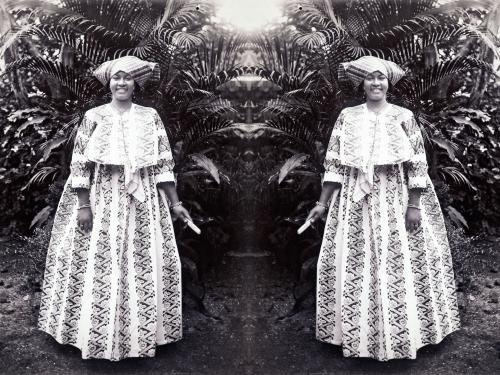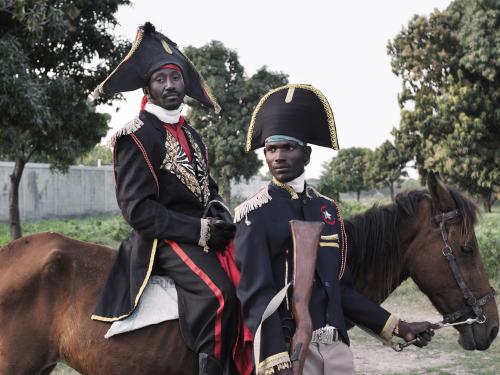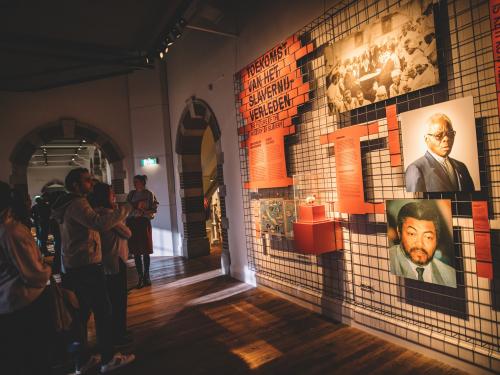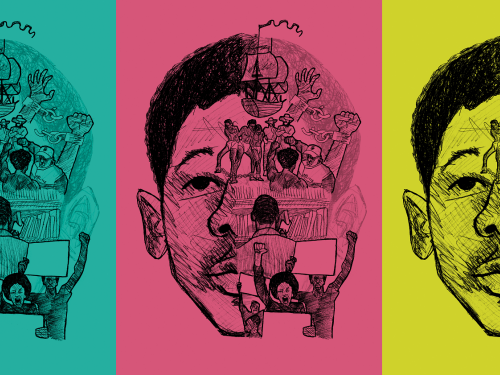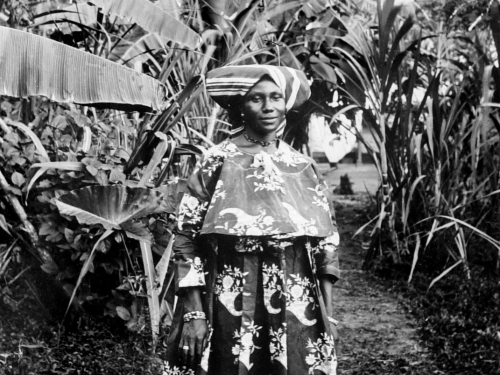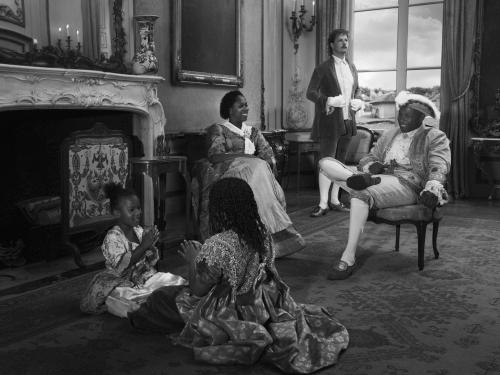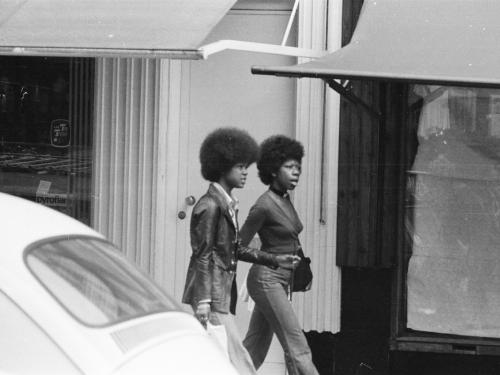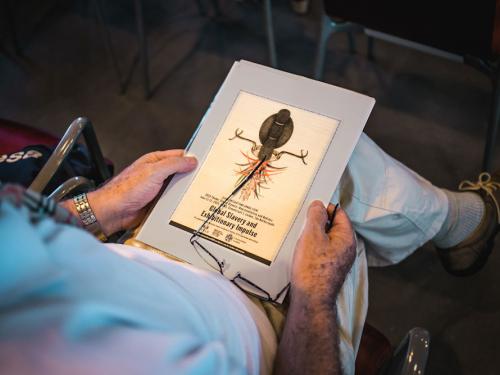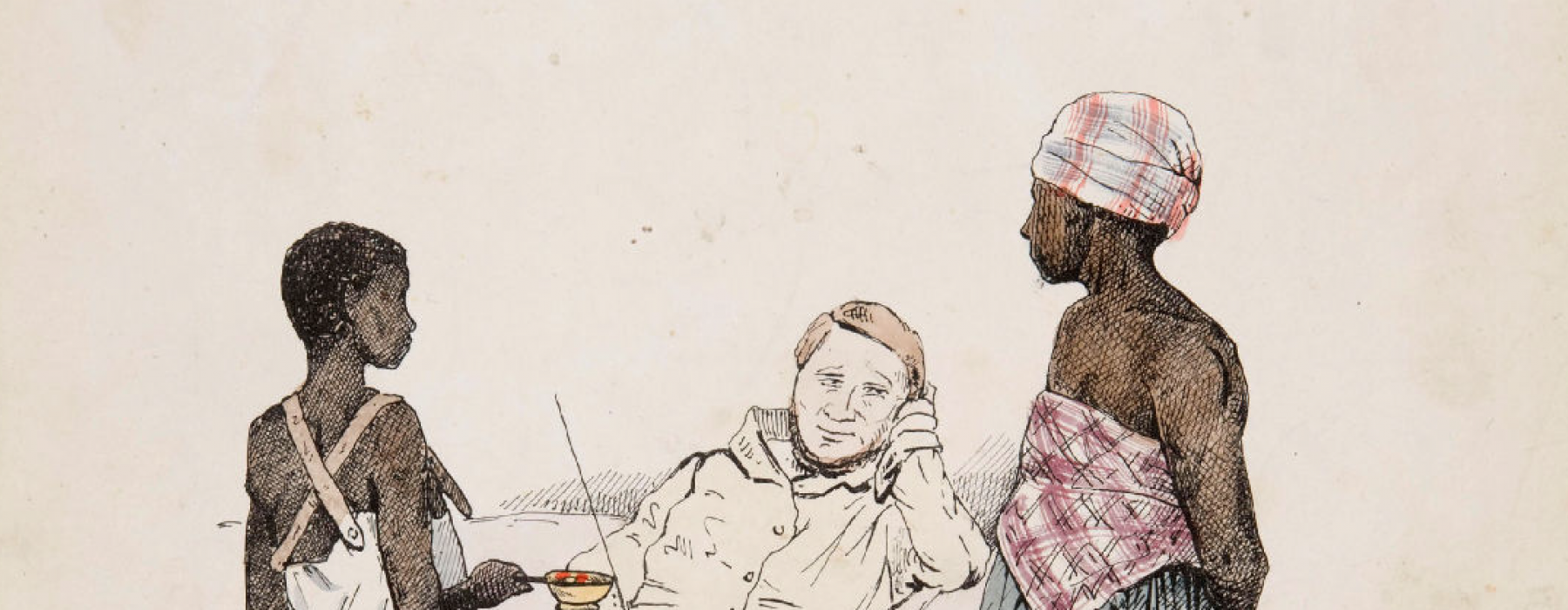
While much research has been done on slavery and colonialism, and their various historical, immaterialized, and embodied archives, comparatively less attention has been given to the actual material culture of slavery and colonialism. Materials-based fields such as archaeology have been broadening what one could call the materiality of enslavement through an emergent focus on slave ships and their circumnavigations, and ongoing research on plantation life and landscapes. Such research on the material culture of enslavement allows one to not only examine the materiality of greed, brutality and dehumanization, but also of the resilience, creativity and defiant humanity of those who were enslaved. Yet until recently, exhibitions on slavery and colonialism have largely focused on the dehumanizing story of slavery, as a shameful episode in the past. Such stories have relied heavily on historical objects of torture and dehumanization such as shackles and shipping logs. It is possible, however, to think the materiality of slavery more broadly, as something unfinished that still profoundly shapes the material conditions of the present.
This research project starts from the premise that slavery and colonialism emerged in and helped to create a specific material and visual economy – one that still persists in some form today: from the specific material culture of European and white American taste (which often inhabits museum exhibitions in which slavery is barely mentioned, if at all), to the material ‘detritus’ of the maritime slave trade (the global distribution of ballast and trade items such as beads and fabric), to the various practices of dwelling by enslaved communities in the Americas who not only manipulated the conditions of their enslavement but also creatively transformed plantation landscapes and ecologies. This project ties to ongoing research being recently conducted in USA and UK that locates ‘things’ at the center of rethinking the histories and cultures of the colonial project and racial slavery. As part of the Global Slavery Curatorial Project, the RCMC will work in collaboration with a number of partners in the US, UK, South Africa, Belgium, and elsewhere. Given our particular location in the Netherlands, we are interested in critically exploring the material and visual culture of Dutch Slavery and Colonialism.
Materializing Slavery will include workshops, expert meetings and public lectures/debates around the theme of slavery’s materiality and its afterlives.
Text: C. Nakamura
